PageContent
SHiP (acronym of Search for Hidden Particles) is an experiment proposed to search for new particles not foreseen by the Standard Model (so classified as “Beyond Standard Model”, BSM). All the particles of the Standard Model have been observed, however it is clear that it is not the ultimate theory. Some yet unknown particles or interactions are required to explain a number of observed phenomena in particle physics, astrophysics and cosmology, such as dark matter, neutrino masses and oscillations, baryon asymmetry, and the expansion of the universe. There is no indication about the energy scale this new physics. LHC will investigate the existance of these particles at the TeV energy scale.
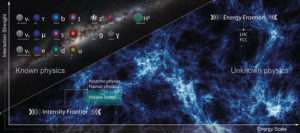
But it is possible that we have not observed some of the particles responsible for the BSM phenomenology due to their extremely feeble interactions, rather than due to their heavy masses. Given the small couplings and mixings, and hence typically long lifetimes, these hidden particles have not been significantly constrained by previous experiments, and the reach of current experiments is limited by both luminosity and acceptance. Hence the search for low-mass BSM physics should also be pursued at the intensity frontier, along with expanding the energy frontier. SHiP is designed to give access to a large class of interesting models. It has discovery potential for the major observational puzzles of modern particle physics and cosmology, and can explore some of the models down to their natural “bottom line”.
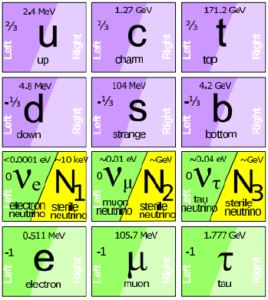
Among these models of very weakly interacting long lived particles, belonging to the so called “Hidden Sector”, particular interest is the one that predicts the existance of the Heavy Neutral Leptons, right-handed partners of the active neutrinos. SHiP also has the unique potential to test lepton flavour universality by comparing interactions of muon and tau neutrinos.
In order to produce high luminosity beams, a Beam Dump Facility (BDF) has been proposed at CERN, where the high intensity 400 GeV Super Proton Syncroton beam will be dumped on a complex target system. The facility will be shared by various experiments. Among these ones, SHiP will expect 2 x 1020 Protons On Target (POT) in 5 years of running.
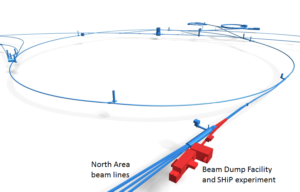
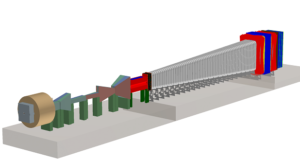
The Bologna SHiP group is focused on the development of the downstream Muon Detector, the most downstream and one of the largest in the experiment at almost 300 square meters of active area.
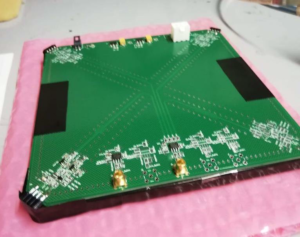
This detector is composed of multiple layers of scintillator tiles, read out by Silicon PhotoMultipliers, that can reach better than 200 ps hit time resolution combined.
+ Group Members
- Marco Dallavalle (INFN-Senior Researcher)
- Fabrizio Fabbri (INFN-Senior Reseacher)
- Alessandro Montanari (INFN-Senior Reseacher, Local Responsible)
- Tiziano Rovelli ( UniBO-Assistant Professor)
- Nicolo’ Tosi (INFN-Researcher)
- Valentina Cicero (UniBO-PhD Student)
- Alessandro Badiali (UniBO-Undergraduate Student)
+ Usefull Links
Thesis are available on different subjects.












